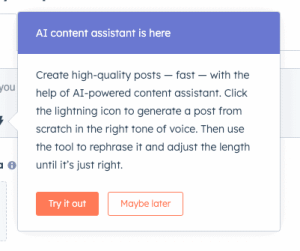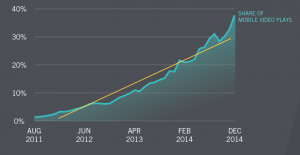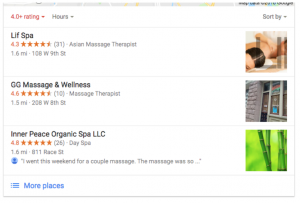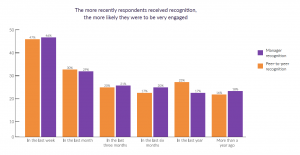Digital publishers and brands have been interested in the possibility of video for quite some time, and some are getting pretty serious about creating viable video strategies. Mashable, for example, just downsized its staff to focus on creating more video content — leaving other content creators to wonder what the true impact of video will be on their newsrooms and audiences.
Launching video isn’t just a matter of uploading content to YouTube, clicking the “viral” button, and watching the number of views increase. Without a clearly defined plan, video simply cannot succeed. That’s why so many newsrooms are beginning to realize that they will need to make some serious changes in the way that they approach the news in order to make video work for them.
The Telegraph’s head of visual journalism, Ben Clissitt, has said:
“Make sure video doesn’t become a specialist activity which is going through one desk. Make it something everyone can do.”
By democratizing video production, newsrooms and brands are training their staff to remain competitive and to enact a video strategy that benefits everyone. Here are some other ways that you can begin to use video in the newsroom.
Establish Clear Objectives for Video
Before investing in video, both digital publishers and brands must understand exactly who they are trying to communicate with, and why. Are you trying to convince music fans to pick up a new magazine, or are you asking truck drivers to buy a new vehicle? Both goals can effectively use video, but the approach is bound to be different.
Often, narrowcasting to a specific niche can be the most effective use of video. Be clear about your target viewer and the response you’d like to solicit from them; this will make it easier to shape your video’s content and message. Here are some interesting examples:
- Volvo created a video to demonstrate the stability and precision of Volvo Dynamic Steering, casting Jean-Claude Van Damme to straddle two trucks. The result was a video with more than 82 million views that spoke first to the target consumer and second to a broader audience.
- The British music magazine, NME, used a video interview of former Smiths guitarist Johnny Marr telling the origin story of the cult classic song “Heaven Knows I’m Miserable Now” to successfully market a related feature print article.
Use Social Media to Test Video Content
If you’re not sure what type of video will resonate with your audience, use data to help you figure it out! Look for examples of videos that align with the tone or message you expect your company to produce. Share a few options with your followers to see which resonate most. These tests can also help you to set benchmarks for data that you can track for original video analytics.
Consider Low-Cost Experiments
Many brands and publishers see big-production viral videos and shy away from competing. However, money doesn’t seem to be a factor in terms of the videos that resonate most with viewers. Jony Ive’s Apple low-budget product videos have gained traction because they connect well with users. In the same way, a cleverly written vlog from your brand’s head of marketing or editor-in-chief might be enough to attract the right leads. Tasty, for example, has racked up millions of views on low-budget recipe videos.
Spoofing popular topics can be an easy way to gain audience interest in your video content. Heidi Klum‘s recent remake of Tom Cruise’s famous dance scene from “Risky Business” was a huge success for Guitar Hero; however, the same approach can still be funny without a world-famous model.
Develop Partnerships
If you can, try to collaborate with or hire “talent” with credibility in your target niche. GoPro is a great example of a company that built an enormous video presence by giving cameras to established action sports stars and working with them to create videos.
Investigate New Video Distribution Platforms
While YouTube is still the biggest player in the online video space, others are gaining traction with audiences:
- Facebook tweaked its algorithm to make viewing video a priority. Although monetization is still limited, the social network has a great reach into target audiences.
- Instagram increased the length of allowable videos to one minute, and brands are excited to see how that will influence the type of videos people are sharing.
- Snapchat and Vine speak in video snippets to a young audience, and inventiveness is key to getting eyeballs.
- If you want to live stream, you should consider both Periscope and Meerkat as their influence is bound to grow in the next couple of years.
For digital publishers and brands, video has long been hyped as “the next big thing.” And, when your video strategy comes together, the results can be impressive. Old Spice, for example, credits the campaign “Smell Like a Man, Man” with a 55 percent increase in sales.
But before diving in with both feet, make sure that your organization has a solid strategy in place. From establishing clear goals to tracking them in ways that provide actionable insight, video is within your reach if you take your time and do it right.
Digital & Social Articles on Business 2 Community(74)






